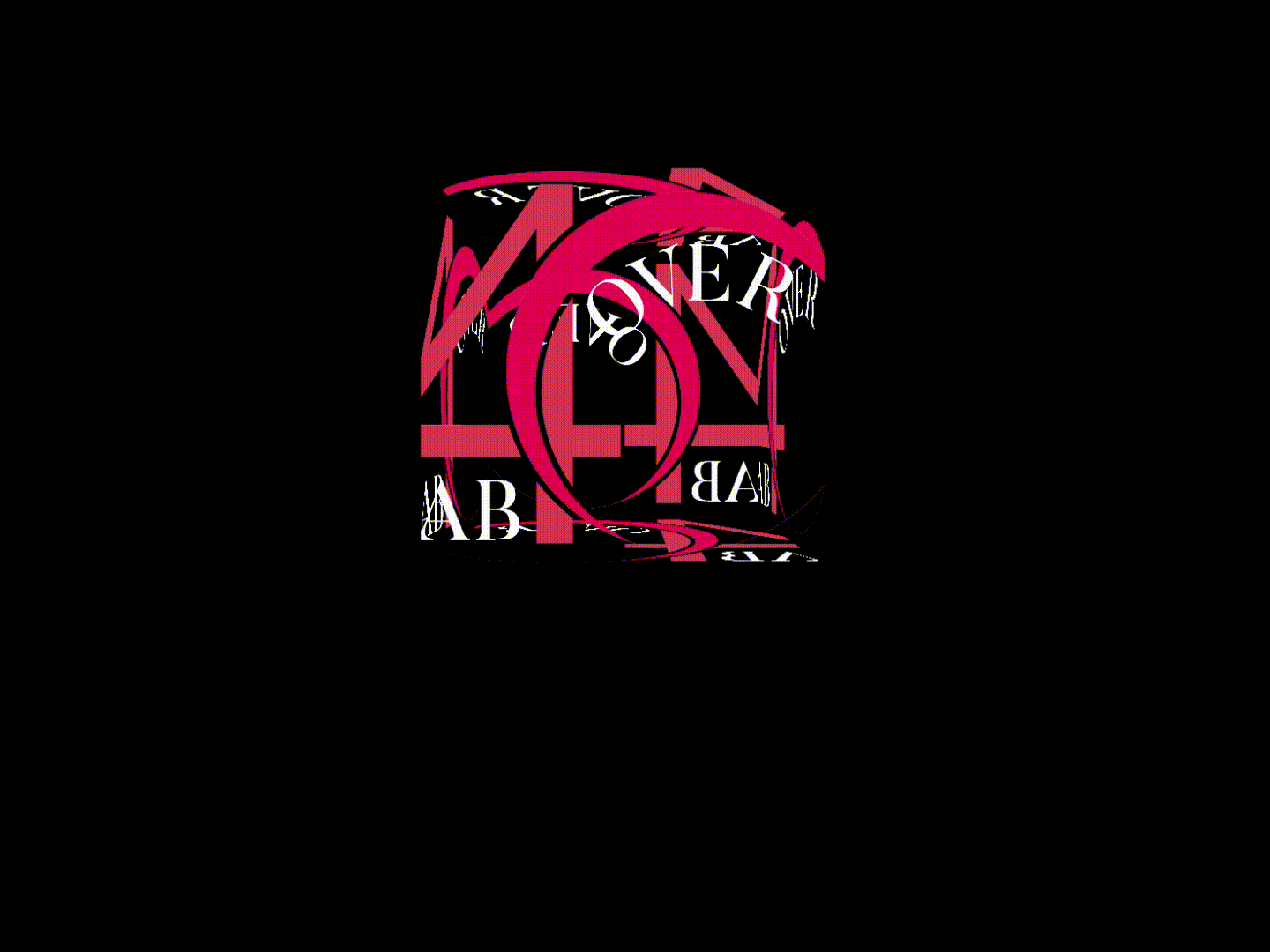Before you get to the big Menopause, there’s another important stage you need to be aware of. Here’s what perimenopause is and how you can better manage its bodily effects.
 Are you struggling with hot flashes, sleep disruption, and mood changes as you approach menopause? Here’s what you need to know about perimenopause and how you can better manage its effects.
Are you struggling with hot flashes, sleep disruption, and mood changes as you approach menopause? Here’s what you need to know about perimenopause and how you can better manage its effects.
Women know that menopause is a natural part of the aging process that usually occurs in the mid-forties and early fifties. Many look to this time with dread, thinking they will have to endure awful menopause symptoms. However, it’s during perimenopause, which starts a few years to a decade before menopause, when many women first start to experience perimenopause symptoms such as hot flashes, sleep disruption, irregular periods, mood changes, and weight gain. It doesn’t have to be this way. There is a lot you can do with your nutrition and lifestyle to help alleviate the challenges of this transitional time.
How Your Diet Affects Perimenopause

Let’s start with nutrition. Your nutritional needs and your metabolism change with age, starting in the mid to late thirties. A slower metabolism means we need fewer daily calories, which is not only determined by our height and weight but also by age. Not only do we require fewer calories as we get older, but the foods we eat also play a major role in our ability to maintain or lose weight.
We need the right balance of lean protein, healthy fats, and carbohydrates. We also want to focus on foods that benefit our health. Foods packed with antioxidants that help reduce inflammation are key, such as many fruits and vegetables. Also, try to reduce the amount of added sugars, overly processed foods, saturated fats, alcohol, and caffeine in your diet.

On that note, it’s also crucial to get an adequate amount of healthy fat in our diet. We need fats to produce hormones, which also decline as we age. Reach for healthy oils such as olive oil and avocado, nuts, seeds, and fatty fish.
When planning your daily meals, choose a variety of vegetables, including dark leafy greens. Foods like broccoli, kale, and other cruciferous vegetables are loaded with calcium and fibre. Calcium is essential to maintaining bone density, which decreases as we age. The loss of density puts many women at risk of osteoporosis, leaving them with brittle, fragile bones that could break easily.
When it comes to carbohydrates, choose complex carbohydrates over sugary, processed foods. Choose fruits that are lower in sugar and are packed with fibre and vitamins, such as berries. While we need carbohydrates for energy and nutrients, we process them differently as we age. Any excess glucose from carbohydrates that are not used for energy ends up being stored as glycogen in the muscles or as lipids in fat tissue. Remember: don’t eliminate carbs, just reduce your intake.
The Role of Muscles in Perimenopause
 A big culprit of our slowing metabolism is muscle loss. Women lose about half a pound of muscle per year starting around the age of 40. This makes losing weight more difficult, as it is the lean muscle mass that helps rev the metabolism. Quite simply, muscle requires more energy than fat.
A big culprit of our slowing metabolism is muscle loss. Women lose about half a pound of muscle per year starting around the age of 40. This makes losing weight more difficult, as it is the lean muscle mass that helps rev the metabolism. Quite simply, muscle requires more energy than fat.
To maintain and build lean muscle mass, have lean protein at every meal. A good guide is to have 0.8 to 1 gram of protein per pound of body weight each day. For example, a 140-pound woman should aim for 112 to 140 grams of protein per day.

Have you been able to follow the same fitness habits for years, only to find that as you moved into your forties, those same strategies no longer work? A common mistake that many women make is focusing on cardio instead
of resistance training. And when they don’t see the results they were expecting from their plan, they tend to add even more cardio, out of frustration and thinking that is the key to fat loss. Don’t fall for that trap – both are important for longevity and your overall health.
If your goal is aging with strength (resulting in more lean muscle and less body fat), then you must add regular strength training to your routine. Resistance training also helps increase bone density.
A good resistance training program, along with solid nutrition, can help not only prevent age-related muscle loss but will also help build lean muscle. Why do we want more lean muscle? If your muscle percentage is low, your fat percentage will be higher. This means your resting metabolism will also be lower since you have little muscle present to burn calories at rest.
The key to muscle growth is to target each muscle group effectively. Aim to perform at least three to four strength sessions a week. This does not mean you want to skip cardio altogether, but remember that you do not have to be drenched in sweat and gasping for breath to have an effective workout.
Cardio and Perimenopause: What You Need to Know
Excessive aerobic activity will increase the production of cortisol, the “stress hormone” — the longer the duration, the higher the cortisol, and the longer it will take for your levels to return to normal. Exercise helps to reduce your cortisol levels at night, but it must be the correct amount. This is even more applicable if you are over 40.
Additionally, too much cardio can damage your muscle tissues or joints in the long term and stunt your progress. If you are doing too much, you may be metabolizing your hard-earned muscle tissue. Your results can also plateau, and if you are doing the same cardio routine every day, you will not see the changes you are looking for.
You don’t want to risk losing the muscle you are working so hard to build. Too much cardio can lead to fatigue and excessive muscle soreness, as you are not giving your body adequate time to rest and rebuild.

The ideal cardio approaches for women are high-intensity interval training (HIIT) or low-intensity steady-state cardio (LISS). For HIIT, you do not need more than 20 minutes. HIIT is beneficial because it does not take a long time and you are less likely to place stress on your body. Your metabolic rate will be elevated longer post-workout and it burns a lot of calories in a short period of time. It can help you burn fat and, depending on what you are doing, it can help you build some muscle. It also reduces blood sugar, improves insulin resistance, and can help reduce your resting heart rate.
For HIIT, you can pick a cardio machine and simply switch between high and low intensity. For example, if you are on a bike, you can do one minute at a fast pace and one minute at a recovery pace. Another great option for HIIT is using bodyweight moves. You don’t need equipment, and doing it three to four times per week is sufficient. Again, you don’t want to overtrain!
For LISS, a brisk daily 40-minute walk in the fat-burning zone is ideal. The fat-burning zone is approximately 70 percent of your maximum heart rate. To determine your maximum heart rate, subtract your age from 220. If you want to keep it simple, if you are walking and holding a conversation, at 70 percent of your maximum heart rate you should feel a little winded. Walking is an excellent, low-stress method of movement and it is low impact, which is ideal for those with hip, knee, and back issues.
Combining these effective strategies will help you navigate your perimenopausal years feeling strong, energized, and healthy!
Did these tips help you better understand perimenopause? Share your thoughts on our IG page!
















